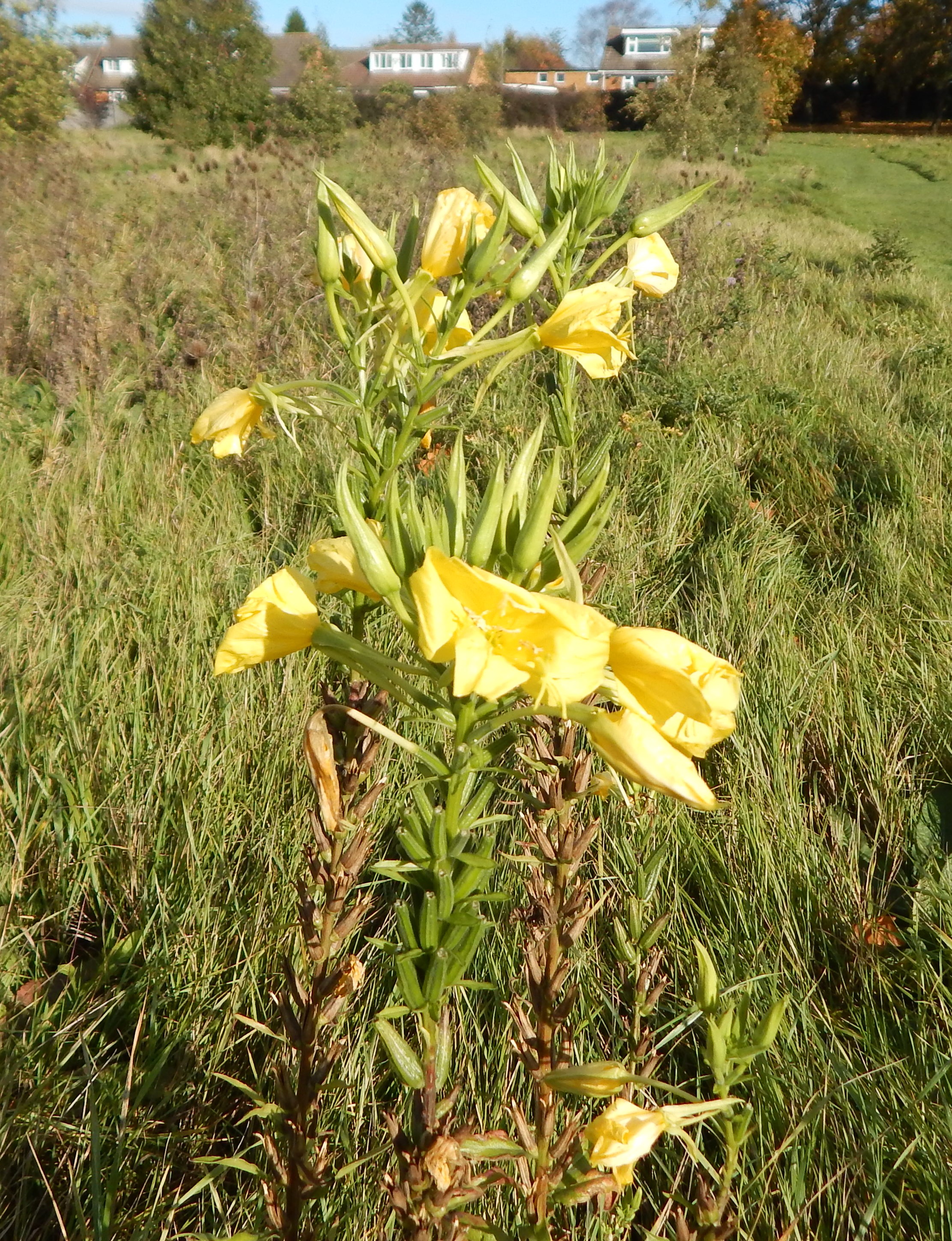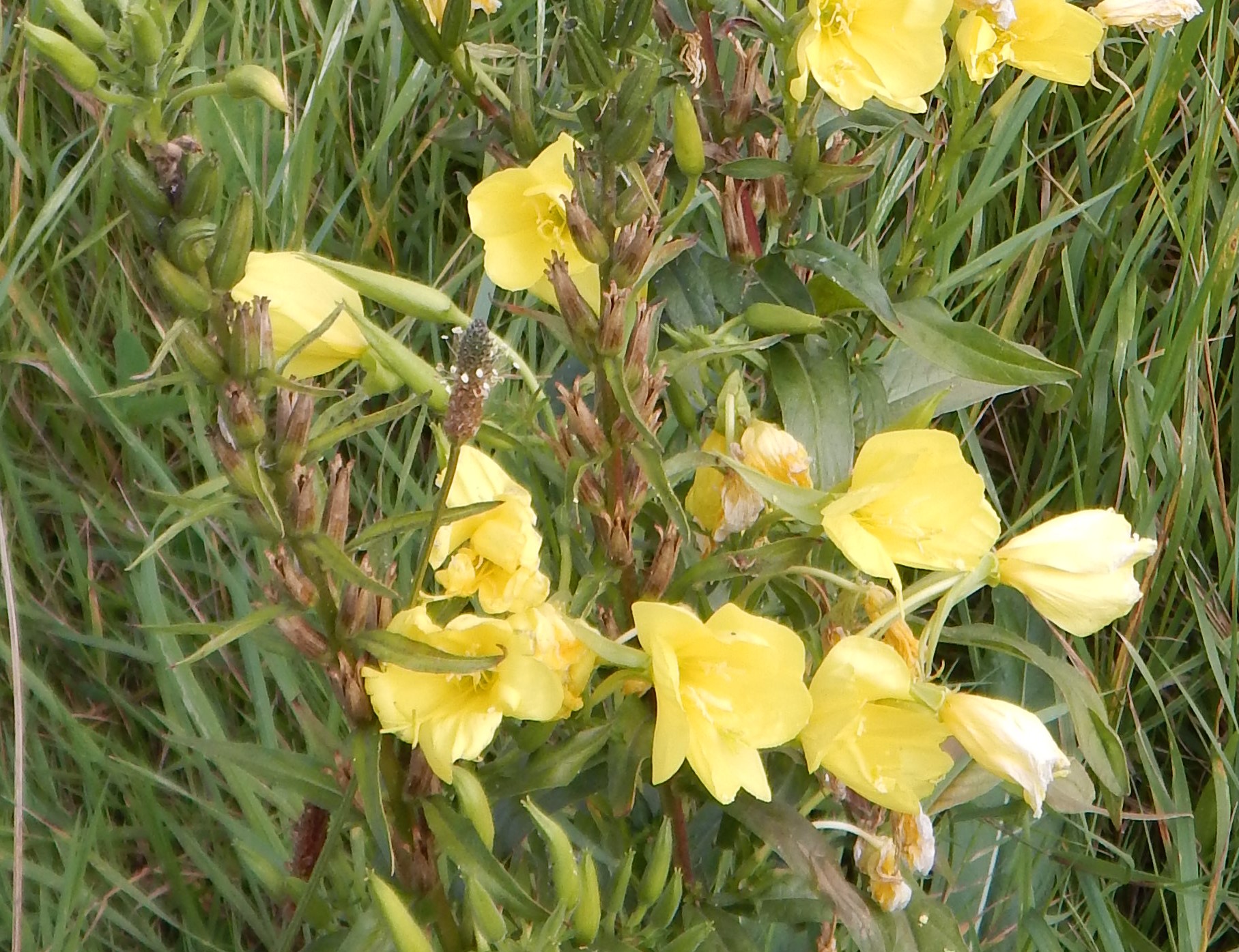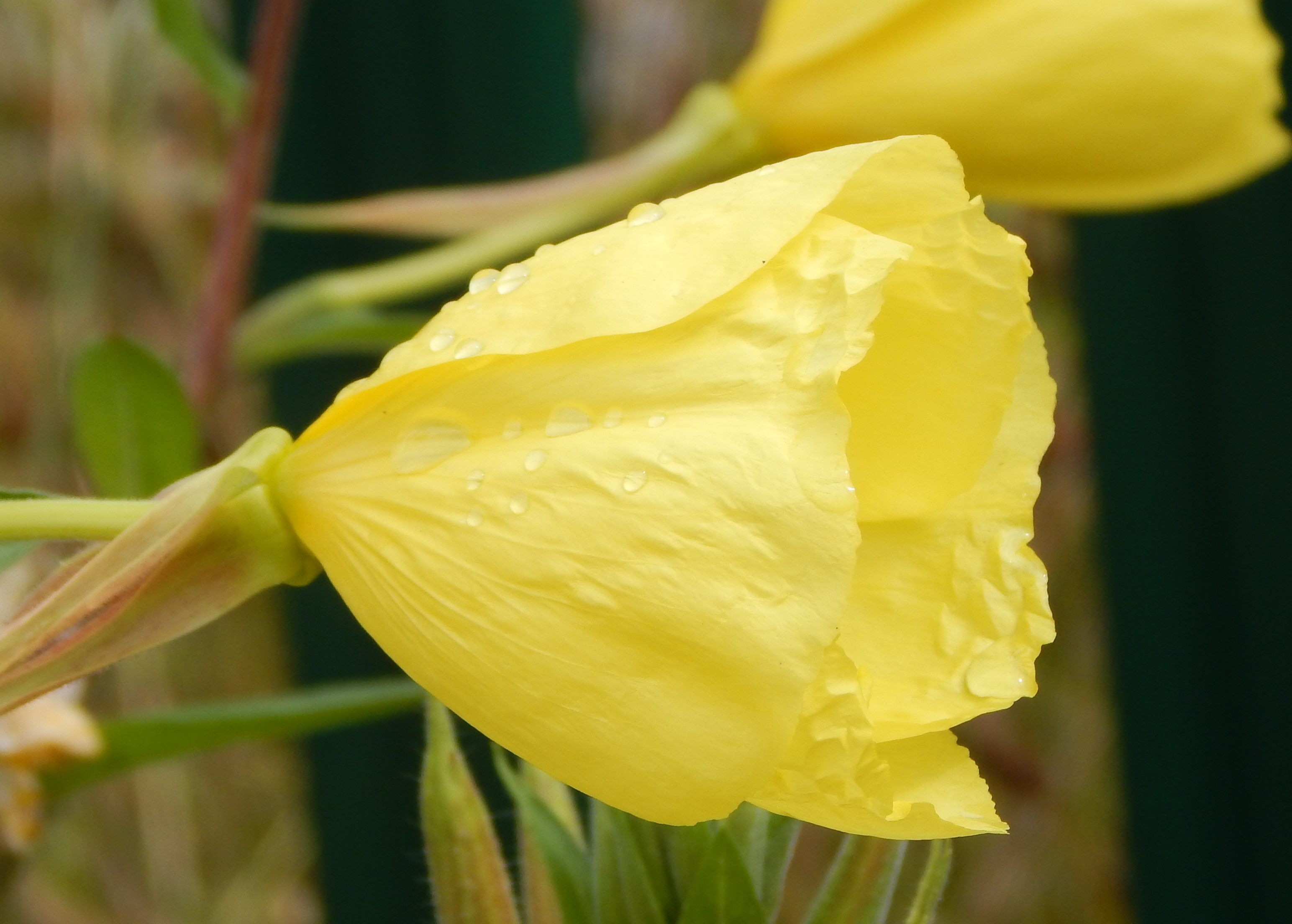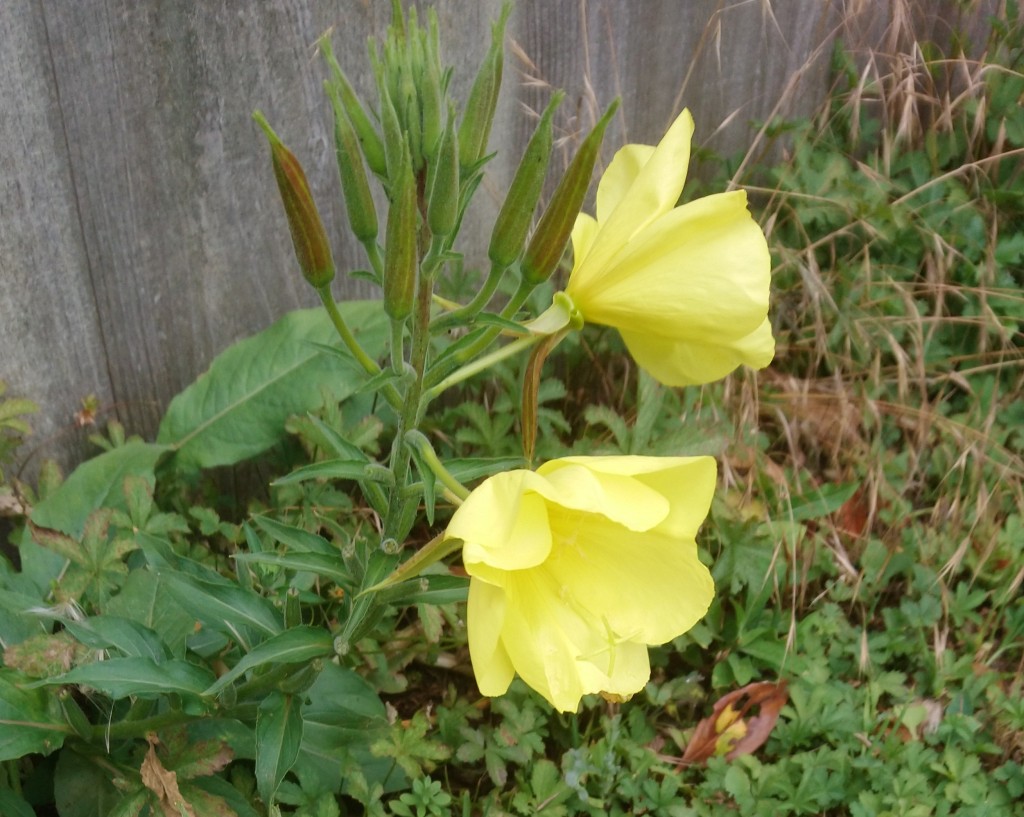
[241] Oenothera biennis, Evening Primrose
Introduction
Oenothera biennis, (Common) Evening Primrose (or Evening-primrose), is a biennial plant with impressive yellow flowers, native to North America and widely naturalized elsewhere often as an invasive plant.
Its common names include Weedy Evening Primrose, Evening Star, Sundrop and German Rampion.
It won’t surprise you that 150 species of Oenothera are also generally called Evening Primrose and, of course, these are not related to [277] Primrose.
Taxonomy
Kingdom – Plants
Division – Vascular Plants
Class – Angiosperms (Flowering Plants)
Order – Myrtales
Family – Onagraceae
Subfamily – Onagroideae
Tribe – Onogreae
Genus – Oenothera
Section – Oenothera
Subsection – Oenothera
Scientific Name – Oenothera biennis
Other similar species are cultivated.
Name
Many species of Oenothera have flowers that open in the evening and begin to die the next morning. Most species have flowers with a yellow colour that is reminiscent of primroses. (The word ‘primrose’ may be used for a pale yellow colour.)
Oenothera is Latin for a soporific plant from the Ancient Greek oinos meaning wine.
(Oenothera used to be called Oenagra. Hence the forms of the names of higher level taxa.)
Description
Oenothera biennis is a biennial plant. It produces flowers around the base and at the top of a tall stem.


The elongated buds produce long semi-open, pale yellow flowers. They open fully in the evening.





Habitat and use
Oenothera biennis is native to parts of North America where indigenous people used it as food and as a medicinal crop.
It was introduced to Europe in the early Seventeenth Century and is widely cultivated as an ornamental plant. In many places has escaped and become naturalized, even invasive. It is found now in meadows and open grassland as a weed.

Cultivated varieties include other Oenethera species and flowers may have other colours such as white.
It is cultivated as a crop to produce evening Primrose oil from the seeds.
Other Notes
Although it’s a biennial it can grow as an annual plant. I see it in open grassland that is cut down every year.
See also
Evening Primrose comes from a large family that also includes [127] Willowherb, and [153] Fuchsia.
